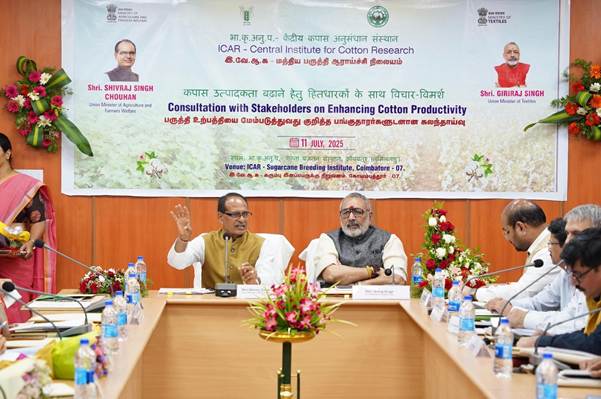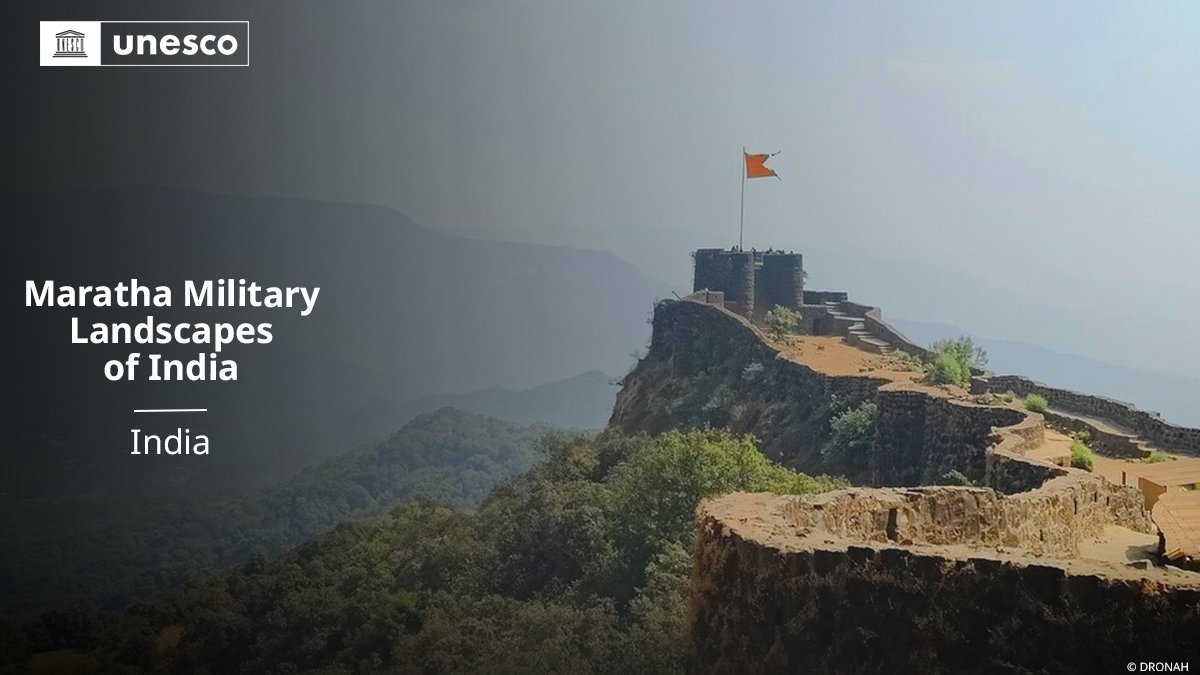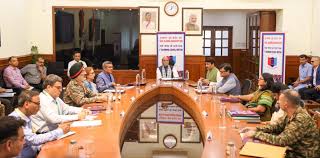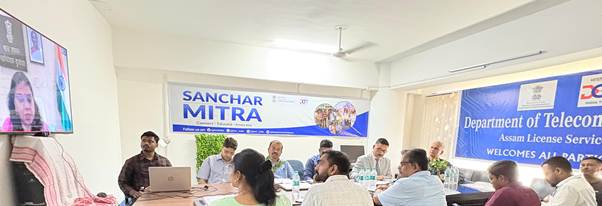
On July 11, 2025, a high-level Cotton Productivity Meeting was convened in Coimbatore, Tamil Nadu, under the leadership of Union Agriculture Minister Shri Shivraj Singh Chouhan. The consultation was held at the ICAR–Sugarcane Breeding Institute and focused on revitalizing India’s cotton sector — a vital pillar of the country’s agricultural and textile economy.
Also present were Union Minister of Textiles Shri Giriraj Singh, state agriculture ministers from Haryana and Maharashtra, leading agricultural scientists, vice-chancellors, farmers, and various industry stakeholders. The meeting forms part of the Viksit Krishi Sankalp Abhiyan, a crop-specific strategy aimed at achieving state-wise agricultural self-reliance.
🔹 Cotton: India’s Soft Power in Clothing
In his opening address, Shri Chouhan said, “After food, clothing is the most essential human need, and cotton lies at the heart of India’s apparel industry.” He described the event as the beginning of a new cotton revolution, initiated from the historically rich state of Tamil Nadu.
🔹 Key Challenges Highlighted at the Cotton Productivity Meeting
India, despite being the world’s largest cotton producer, lags in yield per hectare when compared to other cotton-growing nations. The Cotton Productivity Meeting focused on several key issues:
- Low productivity levels compared to global standards
- Declining effectiveness of BT cotton due to pest resistance
- Urgent need for virus-resistant and high-yield seed varieties
- Concerns regarding import duties affecting the textile industry
- Timely access to seeds and new agro-technologies for farmers
These issues have significant implications for both farmers’ incomes and the global competitiveness of India’s textile exports.
🔹 Balancing Farmer and Industry Needs
The Cotton Productivity Meeting emphasized the need to align agricultural and industrial objectives. With India aiming to reduce its dependence on cotton imports, there is growing pressure to strike a balance between raw material costs for textile units and fair returns for cotton growers.
Shri Giriraj Singh called for a collaborative framework between the Ministry of Agriculture and the Ministry of Textiles to ensure synchronized planning and policy execution.
🔹 Farmer-Centric Approach and Field Visits
Prior to the meeting, Minister Chouhan visited several local cotton farms in the Coimbatore region. He listened to farmers’ concerns about seed availability, pest control, and market rates. He assured that their feedback would be incorporated into the government’s roadmap.
“We are committed to achieving cotton self-reliance in line with the Viksit Bharat vision. This requires both innovation and implementation at the grassroots,” he said.
🔹 Viksit Krishi Sankalp Abhiyan: Strategic Crop Planning
The Cotton Productivity Meeting is part of a broader campaign — the Viksit Krishi Sankalp Abhiyan — which emphasizes crop-specific, region-specific, and technology-driven agricultural policies. Recent meetings under the same initiative have focused on soybean productivity and pulses self-sufficiency.
By involving researchers, farmers, and policymakers in one forum, the government aims to ensure that each major crop receives focused attention and actionable outcomes.
The Cotton Productivity Meeting also sparked discussions around sustainable farming practices. Experts advocated for integrated pest management, organic alternatives, and water-efficient techniques to help cotton growers adapt to changing climatic conditions. The use of digital tools and mobile apps for real-time field monitoring was encouraged to empower farmers with timely information and interventions.
Moreover, the collaborative model adopted—bringing together ministries, state governments, scientists, and farmers—sets a precedent for future crop-specific consultations. With consistent follow-ups and policy support, the outcomes of this Cotton Productivity Meeting could lead to a new era of innovation-led growth in India’s cotton sector.This Cotton Productivity Meeting marks a pivotal step toward revitalizing India’s cotton economy.
🔗 For official updates and reports, visit the Ministry of Agriculture & Farmers Welfare website.
For more updates on agriculture, economy, and digital India initiatives, visit our homepage at Pulse Today






